Safety is one of the most potent defenses of Roe v. Wade, the 1973 U.S. Supreme Court decision that imposed a national policy of abortion on demand. Women had abortions even before it was legal to do so, the argument goes, but restrictive laws forced them to go to back-alley quacks. In this view, the story of Kermit Gosnell, the Philadelphia abortionist on trial for the murders of one woman and seven infants, is a cautionary tale about illegal, not legal, abortion. The facts tell a different story.
Back-alley abortion was indisputably a problem before Roe. Deep in the 281-page report that accompanied the 2011 indictments of Gosnell and his staff, the Philadelphia grand jury recounted an example from the city’s history.
It was called the Mother’s Day Massacre—the brainchild of Harvey Karman, an eccentric California man without medical training who had served 2½ years in prison for performing illegal abortions in the 1950s. Karman teamed with a young Philadelphia doctor who offered to perform abortions on 15 impoverished women, each between four and six months pregnant, who were bused to the Philadelphia clinic from Chicago on Mother’s Day 1972.
What the women didn’t know was that they were guinea pigs for a device Karman had invented, which he called the “super coil.” He had tested it only on wartime rape victims in Bangladesh, where he had traveled under the sponsorship of the International Planned Parenthood Federation.
Complication rates were high, and little wonder. A colleague of Karman’s Philadelphia collaborator described the contraption as “basically plastic razors that were formed into a ball. . . . They were coated into a gel, so that they would remain closed. These would be inserted into the woman’s uterus. And after several hours of body temperature, . . . the gel would melt and these . . . things would spring open, supposedly cutting up the fetus.”
As in Bangladesh, the Philadelphia experiment was a failure. Nine of the 15 women suffered serious complications. One needed a hysterectomy.
The following year, the Supreme Court decided Roe v. Wade. It would be 37 more years before the Philadelphia doctor who carried out the Mother’s Day Massacre would go out of business. His name was Kermit Gosnell.
The statements above are part of an article entitled “Back Alley Abortion Never Ended”, written by James Tarantino. To a certain extent, the Mother’s Day Massacre was an event that supported the argument presented in Roe v. Wade, i.e. that legalizing abortion was necessary to protect the rights of women and provide for their safety in getting an abortion. Within that context, Gosnell has in all likelihood been considered something of a hero by pro-abortion supporters.
Another article entitled “Harvey Karman and the super coil fiasco: A forgotten episode in the history of American abortion technology” (European Journal for Contraception and Reproductive Health Care; Mar 2008, Vol 13 Issue 1, p.4-8) provides additional information:
Thus, in order to prove the efficacy of his new technology, Karman once again sought the help of Merle Goldberg who, through her organization the National Women’s Health Coalition, contacted Chicago’s Jane Abortion Collective. Jane located 20 women in dire need of second trimester abortions, most of whom were impoverished women of colour. The 20 women were scheduled to undergo the illegal super coil abortions at Jane’s Chicago headquarters on May 3, 1972; however, anti-abortion activists notified the police, who exposed the ‘abortion ring’ and prevented the women from having their pregnancies terminated. On May 15, 1972, which was ironically Mother’s Day, Goldberg, who filmed the entire ordeal for New York-based NET TV without the participants’ permission, transported the women from Chicago to Philadelphia. Waiting for their arrival were Harvey Karman, local obstetrician and gynaecologist Dr Baron Gosnell, and his assistant Dr Benjamin Graber, who flew in from Los Angeles specifically for the event.
Just before the Chicago women arrived, Phyllis Ryan of Choice, a local abortion referral service, discovered that the illegal super coil abortions were going to be performed at Gosnell’s clinic. Ryan was particularly distressed that an experimental technique was going to be employed, which had not been subjected to extensive medical scrutiny. Moreover, she questioned whether the women had given informed consent; they had not.
Ryan notified the press and the District Attorney’s office about the impending abortions, and began to protest outside of the clinic doors. As Laura Kaplan, a member of the Jane Collective later recalled:
“To complicate matters further, [Karman] was having problems. A few women were not miscarrying . . . [Karman] used drugs to encourage labor and performed a few late D&Cs. The whole event, which had started out on such a positive note, had turned into a nightmare. One woman was hospitalized in Philadelphia and had a hysterectomy. Another’s back problems were exacerbated by her [abortion] and she had to return to Chicago by plane. The other women rode the bus back to Chicago in silence”
The following video provides information about the activities of JANE.
Arranging Safe Abortions: JaneIn the above video, it is mentioned that JANE realized that they were sending women to “physicians” who weren’t actually licensed physicians. It was at this point that they decided to become the “physicians”. No medical training. No experience in surgery. This is what they defined as “safe abortions” for women.
It really isn’t surprising that this is the type of approach that would be considered by the feminist movement of that day. Female authors such as Sheryl Burt Ruzek, PhD., M.P.H., were releasing literary works promoting the mentality of “women’s rights”, “women’s choice”, “taking control” vs. system controls (which they viewed as being dictated by males). Ruzek’s book entitled “The Women’s Health Movement: Feminist Alternatives to Medical Control” has been used internationally to support a women’s “right to choose”.
The general justification, supposedly, was to prevent the horrors that had existed under the rule of law when abortion was illegal…to establish an environment where abortions would be safe. The following two videos provide description of the environment and events that existed at the time:
When Abortion Was IllegalThe Danger of Illegal Abortions
As I watched these two videos for the first time, I was struck by the similarities of the conditions associated with abortion that existed at the time and current conditions. Roe v. Wade was supposed to promote “safe” abortions. Planned Parenthood’s promotional narrative was “safe, legal, and rare”. Feminist had fought for supposedly “safe” abortions.
Yet Mr. Tarantino is correct….back alley abortions never ended. Patient safety means very little in the abortion industry. If it is a choice between money and political power on one side versus policies, procedures, and regulations that would keep patient safety standards high on the other side, patient safety loses and has been losing for over forty years.
The argument used by pro-abortion supporters that the legal restrictions were the underlying cause of the gross negligence exhibited by physicians such as Dr. Gosnell doesn’t even come close to being the truth. Even if no legal restrictions pertaining to trimester or weeks had existed, without regulatory measures in place to define what “safe” entails being enforced under the rule of law, the outcomes of gross negligence would still be the same.
Those of us who choose life have fought to protect and preserve the sanctity of the lives of the unborn children killed via abortion for the past forty years. If we have to pick up the fight to get appropriate regulatory measures in place so that the lives of mothers will be protected as well, then so be it.
Pro-abortion forces have had forty years to get it done. If they won’t do what is right, we will.


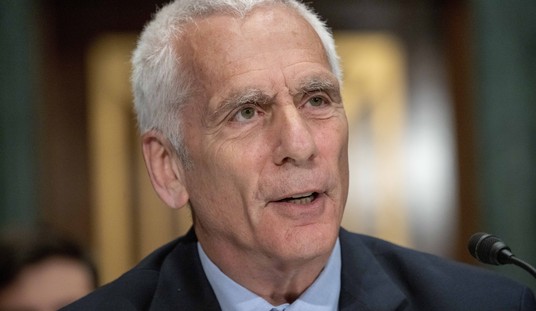

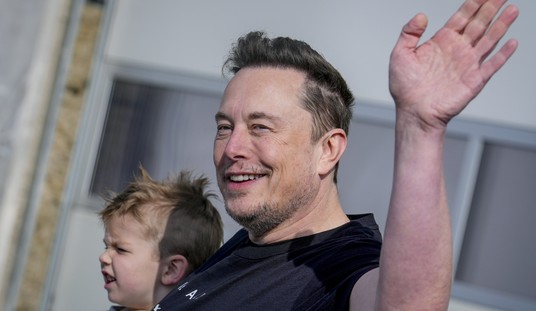
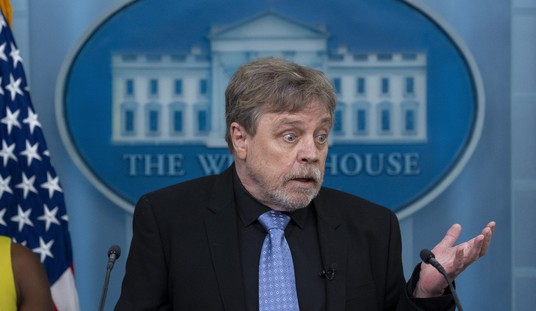
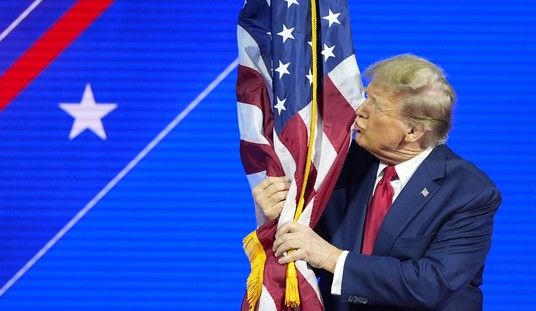


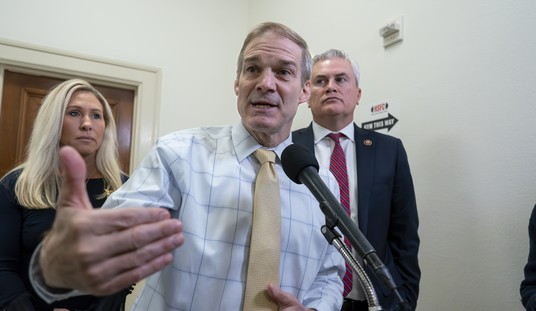

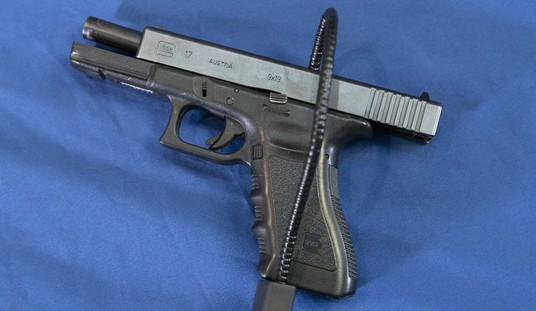

Join the conversation as a VIP Member